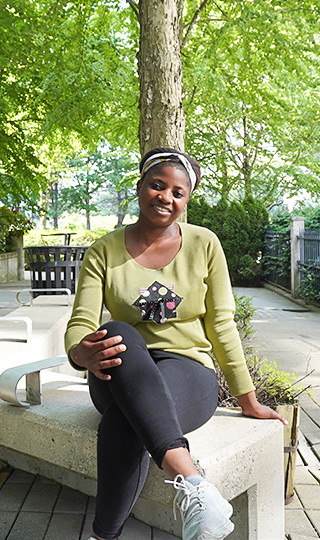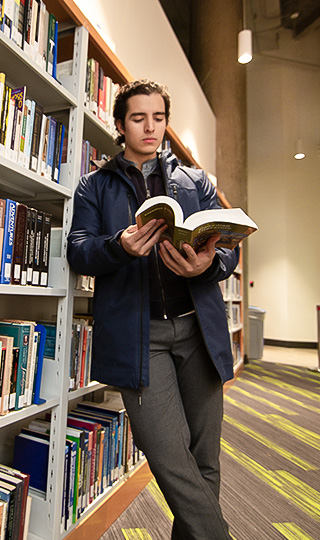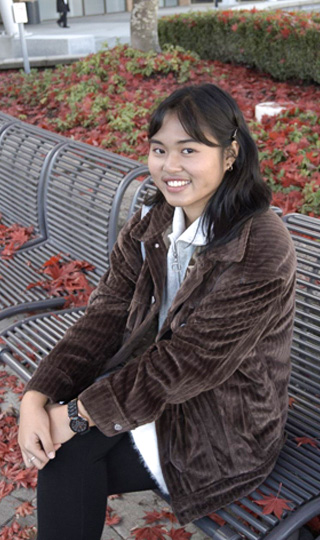Associate of Arts Degree
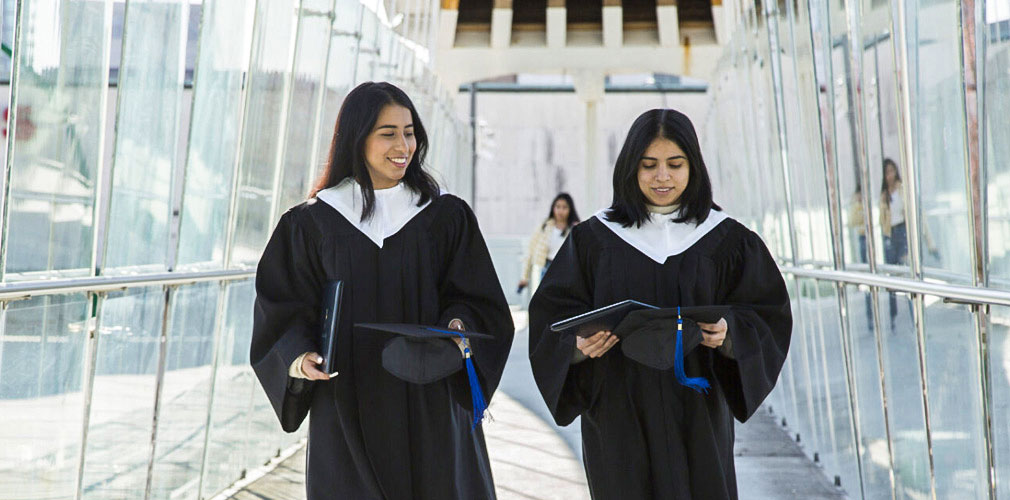
The Associate of Arts degree is a two-year undergraduate program offered by many institutions in the province of British Columbia and beyond.
The Associate Degree program is designed to provide broad-based knowledge and experiences which lay a foundation for further undergraduate study.
For full program description, requirements, and policies, see the Academic Calendar.
Program Description
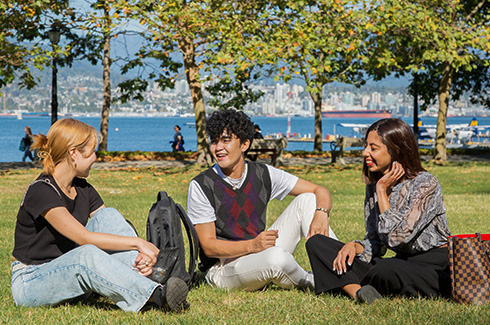
What you will learn
Students within the Associate of Arts Degree program will gain multi-disciplinary knowledge in the faculties of arts, humanities, and social sciences, and develop their critical thinking and research skills.
The program provides a comprehensive learning experience that also allows students to customize their coursework in order to focus on an area of personal interest.
Program Structure
The Associate of Arts Degree is a foundational degree consisting of 60 credits in total, typically completed over a two-year period.
Program requirements include a minimum of 36 credits in arts, including 18 credits in arts at the second-year level taken in two or more subject areas, such as psychology, economics, Asian studies, philosophy, history, and sociology.
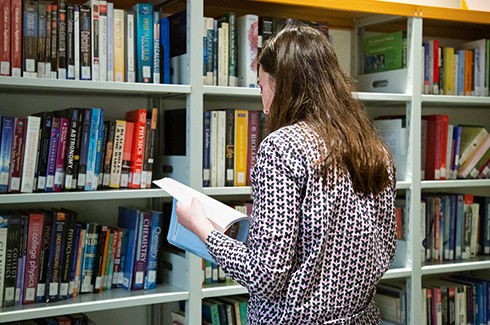
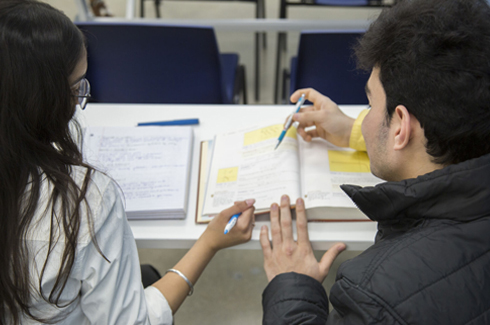
What you can do after graduation
Upon completion of the Associate of Arts Degree program, students may choose to continue their undergraduate studies.
Transfer to 2nd/3rd Year at a University
An Associate of Arts Degree may be transferrable to the third year of a four-year bachelor’s degree program at a university.
Some BC universities also admit Associate Degree graduates at a reduced GPA requirement. For more information on the option of transferring to a university upon completion of an Associate of Arts Degree, please consult the BC Transfer Guide or see an Academic Advisor.
Program Requirements
The Associate of Arts degree program consists of the following course requirements, which must be completed with a cumulative GPA of 2.0 or greater.
- 6 credits in first-year English, including:
- ENGL 100
- 9 credits in science which shall include at least:
- 3 credits in mathematics, computer science or statistics (statistics courses taught in subject areas of commerce and psychology may also be used)
- 3 credits in a laboratory science
- 36 credits in arts which shall include:
- 6 credits in the social sciences
- 6 credits in humanities other than English
- 24 additional credits in arts, 18 of which must be taken at the second-year level in two or more subject areas
- 9 credits in arts, science, or other areas
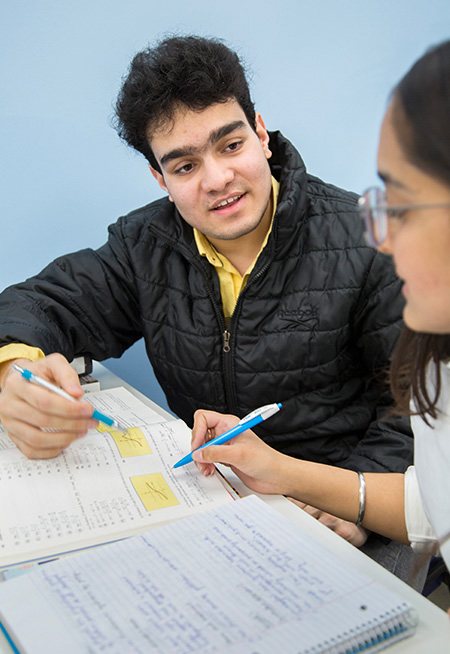
Our Student Stories
